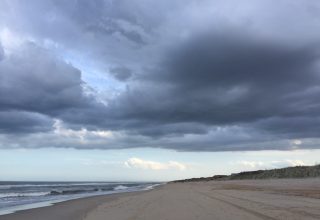
Coaching and developing the early career high potential comes with a unique challenge–the “busyness” of the early career life. Ed Franzone, Director of Worldwide Learning and Development at BD (Becton Dickinson and Company), designed BD’s early career high potential program. He tells us that the high potentials are facing a “busy time of their lives–marriage, babies, buying homes for the first time. People who may have initially checked the box saying they are geographically mobile, may have to accept that these big life events have affected their true mobility. In order to eliminate false positives around geographic mobility, we ask each high potential to engage his or her spouse in the conversation before making this determination. Each family has unique needs that must be balanced against the reality that the more mobile you are, the more opportunities you will have.” This is an area where alignment coaching (discussed earlier) can be an appropriate coaching technique.
Franzone continues, “Unlike their mid or late career counterparts, early career high potentials have a healthy dose of skepticism regarding experts. They usually like to collect data from experts, then talk among their peers to validate the data. They need multiple data points for anything they learn.” Working with a younger coach who is “like me” could serve this population well and supports the opportunity of advancing the coaching profession with new entrants.
“This group of people tends to be impatient and has high expectations regarding the rate at which they will advance through the organization, which was not tempered as a result of the economy,” states Franzone. The coach would serve the individual well by reframing career options to include lateral movement. This approach is aligned with the new world of work where gaining breadth of experience (potentially through a lateral move rather than a vertical move upward) is critical to future success. This breadth of experience should position the early career high potential for significant vertical movement by mid career. A coach to the young high potential client should keep this approach in mind.
Another aspect of coaching the younger client is her readiness to be coached. Brendan Geary, Area Head of HR USA for Panalpina, a global provider of end-to-end supply chain solutions, has been coaching early career high potentials for many years. Geary observes that the coach has to play a role in generating the coaching topics, what he calls “helper mode” instead of coach mode. Geary links this need for the generation of topics to the transactional work that many of the high potentials are involved in on a daily basis. Geary has found that when the coaching conversation is architected around “task, relationships (360), and aspirations,” the younger client becomes more engaged in the coaching, while increasing self-awareness and perceptions of self by others. Over time, when the high potential becomes involved in challenging projects and solving complex problems, she is able to identify coaching areas that are meaningful to her development. It is here where Geary can revert to coach mode and have impact on the development of younger high potentials.
Download Article 1K Club

















